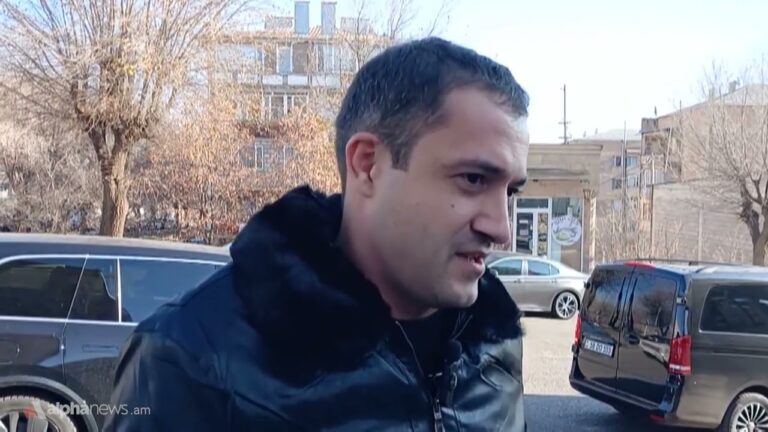Price of failure: Will Armenia survive another disaster?
September 27 2023, 23:30
War, deaths, refugees, dug up graves. Churches, villages, cities and historical monuments given to Azerbaijan – this is not a horror film, this is the reality in which we have been living for several years now years, and since September 19, hell has become permanent with no end in sight.
And if we look back, we can see that at least since 2020, that is, since the end of the 44-day war, we have had several real chances to stop this “fall of Armenian statehood.”
The end of the war sparked off a wave of popular protest, and in February 2021, even the General Staff of Armenia supported the popular demand for the resignation of Nikol Pashinyan, making a corresponding statement.
After the General Staff joined the demands of the people of Armenia, Nikol Pashinyan received open support from only one geopolitical center – Turkiye. The press secretary of the Turkish President Ibrahim Kalin, the Foreign Minister Mevlut Cavusoglu, and even the President of Turkiye Recep Tayyip Erdogan have repeatedly expressed support for Pashinyan, stating that they “will not accept the results of a potential military coup in Armenia.”
Ankara managed to keep Pashinyan as prime minister, which automatically meant that the wave of protest “choked” and failed to achieve its goal.
The price for the failure of the national movement was also the fact that in May 2021 Azerbaijan committed an act of aggression against Armenia and invaded the territory adjacent to Lake Sev, advancing by 3.5 km. deep into the territories of Armenia. And it makes sense. If Erdogan provides assistance to Pashinyan, then official Ankara should receive some kind of compensation for this.
Another price of the failure was that Pashinyan reached the “snap elections”, managed to retain power and immediately launched a whole series of processes that led us to the tragedy of September 19-20.
In 2021, a “Western negotiation platform” appeared, the goal of which both in Brussels and Washington, and in Ankara, was to neutralize the influence of Russia on the negotiation process with the subsequent withdrawal of Russian troops from the region.
It was as a result of the negotiations at this platform that Pashinyan’s famous speech in Parliament was born, when he stated that “if we lower our expectations for the status of Karabakh, we will be able to ensure consolidation around Armenia.”
These words of Pashinyan led to another wave of protest. When it subsided, Azerbaijan, after the next round of Brussels negotiations in September 2022, launched an attack on the Armenian Jermuk, which already in October forced Pashinyan to reshape the obligations assumed in the spring into a statement of “joint recognition of each other’s territorial integrity within the framework of the Alma-Ata Declaration,” which meant recognition of Artsakh as part of Azerbaijan.
It was the recognition of Azerbaijan’s sovereignty over Artsakh in October 2022 that allowed Baku to block the Lachin corridor, establish a checkpoint, begin a complete blockade of Artsakh and bring the situation to a military operation in order to disarm the Artsakh defense forces.
It is also obvious that the shocks for us will not be limited to this. It is also clear that the wave of discontent will grow. However, it is important to understand (especially taking into account previous mistakes) that another failure of a wave of protests could cost Armenia so much more.
Armenia does not have the “physical depth” even to become a “new Syria”, for this reason it is necessary ask the question: will the country survive another disaster, another failure of a wave of protests?







